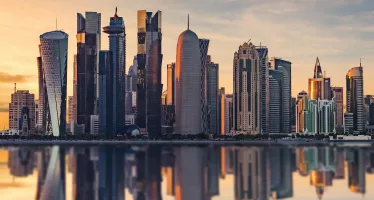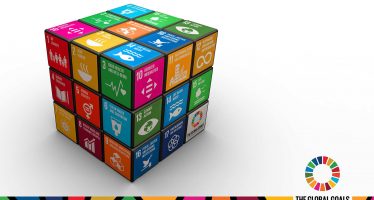Lego-like Building Blocks from Recycled Plastic: Click to Win?
This playful idea could conceivably be a solution to our waste problem. But there are hitches…
The global plastic epidemic has fed billions of tonnes of non-biodegradable trash into landfills and oceans over the decades — and we’re running out of options.

Lego
But one new idea, partly inspired by the children’s game Lego, shows some promise. It involves transforming the offending garbage into construction blocks — a two birds, one-stone solution which addresses pollution and housing shortages.
But, alas, experts believe this novel approach is not truly viable — yet — and there are obstacles to overcome.
Reusing plastic for packaging has proven problematic in many regards, and only a small percentage is ever recycled. According to the Environmental Protection Agency (EPA), this inefficiency is caused by variables including contamination, sorting problems, and cost. So what about creating building blocks, rather than food-grade plastic for reuse? It would have two obvious benefits: cutting pollution and providing inexpensive, lightweight building materials. Notable projects, such as those led by Oscar Mendez in Colombia, have proved the basic effectiveness of this scheme. Mendez’s company, Conceptos Plásticos, converts trash into bricks for residential construction.
“Technological advances could help in coming years; chemical recycling, for example, breaks plastics down into their constituent elements.”
Recycling presents technical challenges due to diverse melting temperatures and characteristics of various materials. Combining incompatible plastics can reduce structural integrity. Contamination with food or other contaminants further complicates the process, making economic viability uncertain. Then there are high energy demands, and an as-yet restricted market to consider.
Plastics are combustible — incinerating them has been considered in the past — but not without the emission of toxic fumes. While it is notoriously long-lasting, using it to make bricks that are long-lasting and structurally sound is a way off yet.
Many polymers do eventually degrade, especially when exposed to UV light — but that very ray of hope might jeopardise the possibility of making homes with them. Building laws and regulations add extra hurdles; high safety and performance requirements must be met.
Case Studies
Several projects have had a go, however. One Cameroon-based firm uses plastic to create paving stones, while in the Netherlands, there have even been attempts to turn it into roads. And therein lie both the promise and the limitations. While it works in principle, scalability and consistency are problematic.
Technological advances could help in coming years; chemical recycling, for example, breaks plastics down into their constituent elements. Additives may improve the safety and durability of plastic bricks, making them better suited for construction, but not many companies seem to be exploring this path. Continued research and investment are needed.
And that’s a shame, say conservationists, because the solution is a alluring one. Unfortunately, until a firm overcomes the technological, economic, and regulatory hurdles, landfill or inefficient recycling processes seem to be the only options.
Innovations may yet be ushered in as the world seeks long-term solutions — and necessity, as they say, is the mother of invention. Walls of cheap, lightweight plastic could some day be reality. But until a major corporation steps up to the plate, the problems of waste and unaffordable housing seem set to remain for some time yet.
You may have an interest in also reading…
UNCDF: Secrets to Easing Funding Process for Less Wealthy Countries’ Climate Battle
Qatar’s under-sung conference shared the limelight with larger international events — but it provided some key points for decarbonisation… A
Paul Horrocks, OECD: Risk, Return, Impact – SDG Aims Need a Shift of Focus
Russia’s war on Ukraine and interruption of global food supplies has put greater pressure on the development system. Development finance
The Economics of AI: Talent Before Technology
Transforming Today’s Organisations with Tomorrow’s Leaders Organisations are spending more than ever on AI, but true value lies not just


















































































